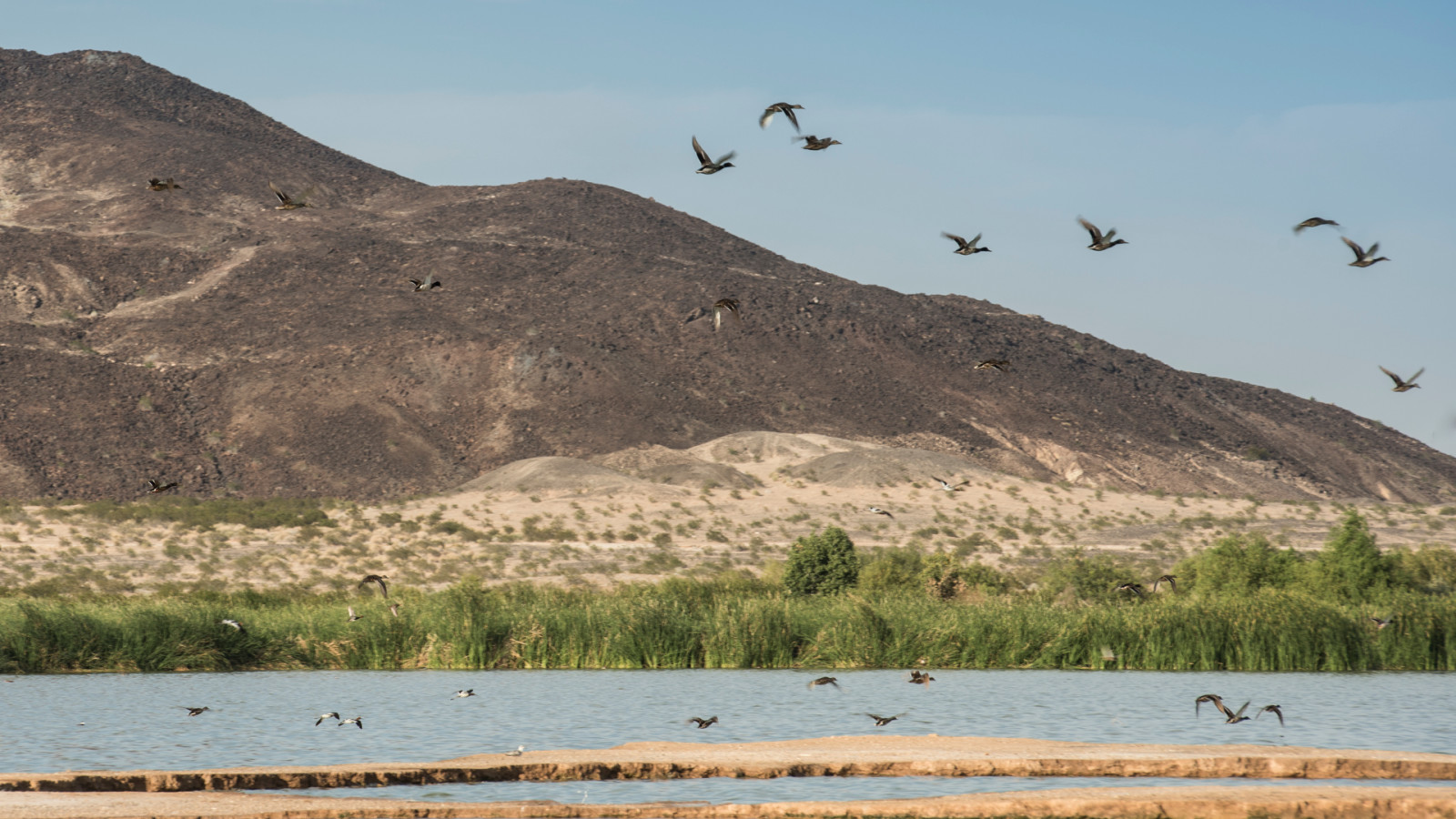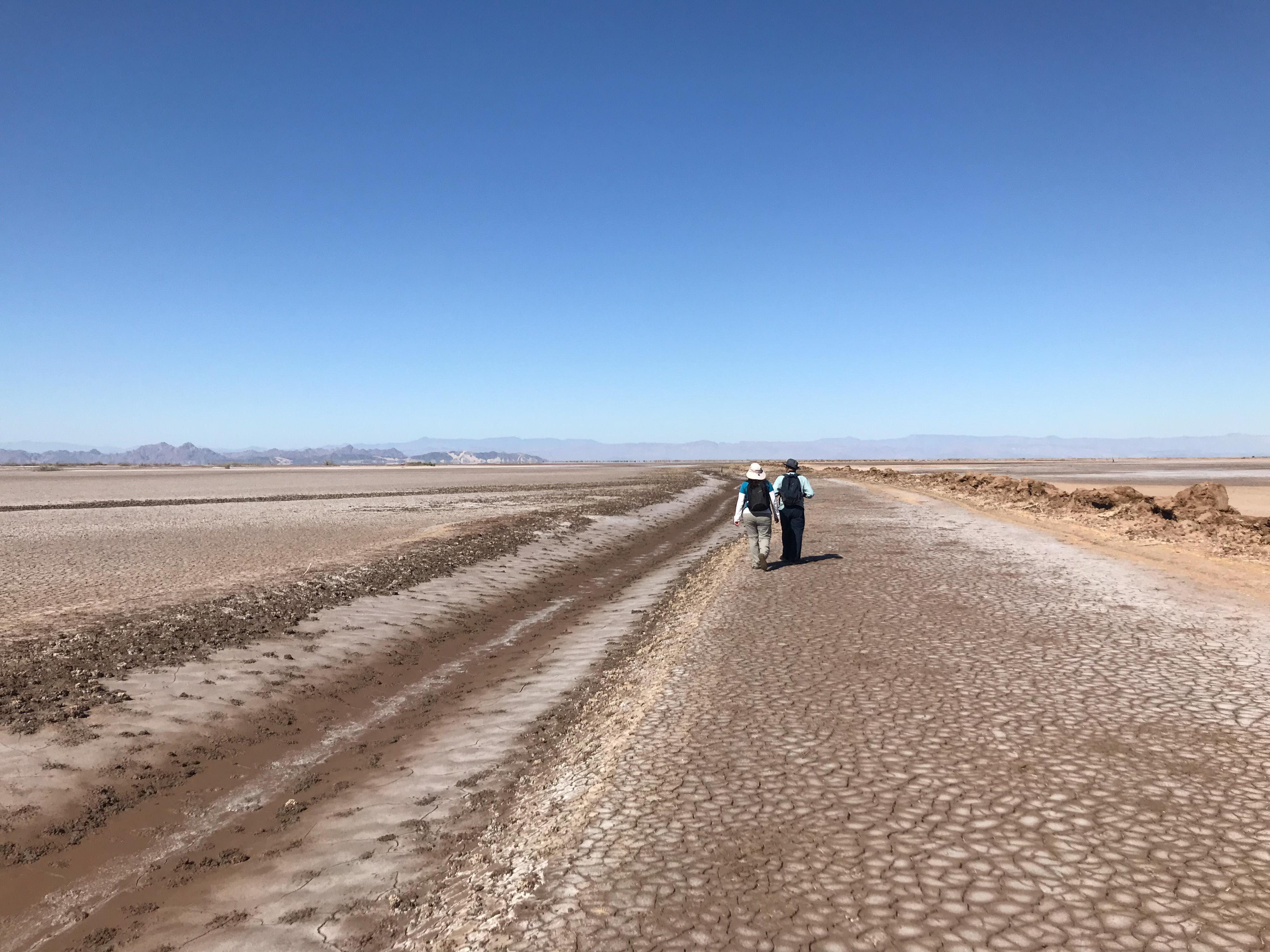In an important victory for people and nature, The Nature Conservancy and its partners helped negotiate Minute 323, an international agreement that establishes how the United States and Mexico share water in the Colorado River.
This treaty is the successor to Minute 319, the first international treaty to which non-governmental organizations were a party, which was passed in 2012 and expired in December 2017. Minute 323 scales up ongoing environmental restoration projects and makes provisions for future water security.
Quote: Taylor Hawes
In this time of political divisiveness, formalizing this agreement is a testament to the partnership, alliance and long-term common goals for sustainability of the Colorado River between the United States and Mexico.
Binational Cooperation Between the U.S. and Mexico
By guiding the implementation of the 1944 U.S.-Mexico Water Treaty, the Minute agreements represent an extraordinary collaboration that helps citizens in both countries. The agreements establish the rules by which water will be shared when there is a surplus and restrictions will be adopted when there is drought, as well as protecting the ecology of the Colorado River Delta.

Minute 319 and the Delta Pulse Flow
The first Minute agreement enabled a historic pulse flow on the river in spring 2014, a one-time release of water from Morelos Dam that brought dramatic benefits to the delta. The flow connected the river to the Gulf of California for the first time in 16 years. Since the pulse flow, native riparian trees and vegetation in the floodplain have increased, and migratory waterbirds, nesting waterbirds and nesting riparian birds are more abundant.
TNC scientists co-led the international science team that designed the pulse flow and continue to monitor how the hydrology and ecology of the delta are responding. Science will also guide conservation efforts resulting from the second agreement.
Minute 323 specifically states that Mexico can continue to store water in Lake Mead, keeping water at a healthy level in the reservoir; lays out how the two countries will make voluntary cutbacks in times of drought; commits the United States to financially supporting water efficiency projects in Mexico that will save more than 200,000 acre-feet of water, in return for a one-time water exchange; and requires both countries to provide water and funding for habitat restoration and scientific work in the Colorado River Delta for the next decade.

Raising the River for People and Nature
The agreement was officially negotiated by The International Boundary and Water Commission and its Mexican counterpart CILA. TNC contributed to the agreement through Raise the River, a partnership of six United States and Mexico non-governmental organizations. The other five members are Sonoran Institute, Pronatura Noroeste, National Audubon Society, Restauremos el Colorado, A.C., and the Redford Center.
More than 40 million people rely on the Colorado River in both countries, and it is a lifeline for wildlife in the arid West. Proactive collaboration like the Minute 323 agreement can ensure that all who depend on the river receive the water they need to thrive.



